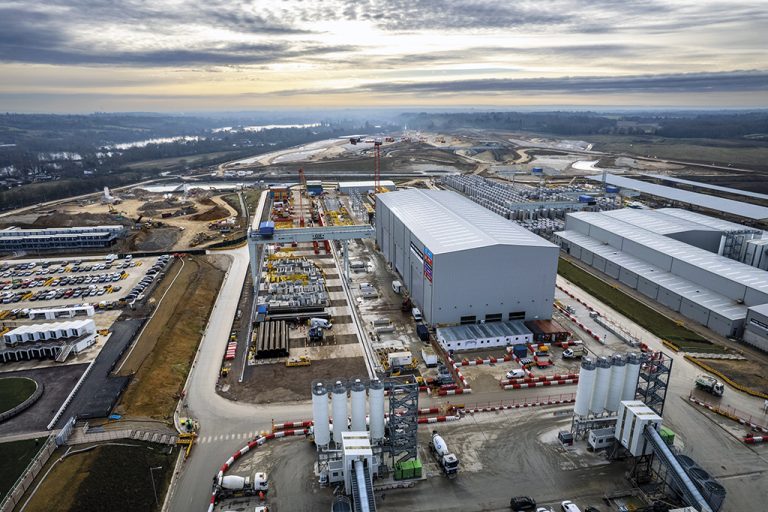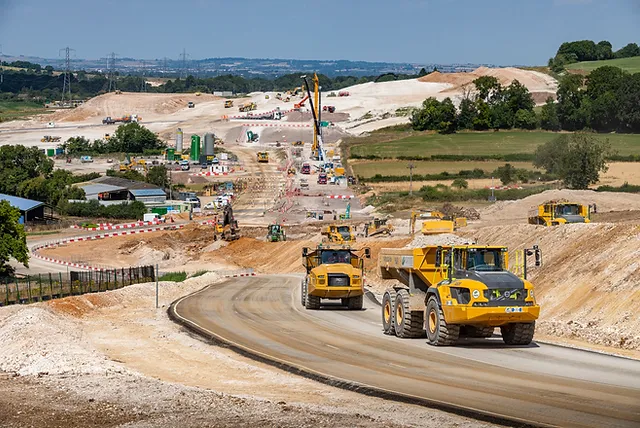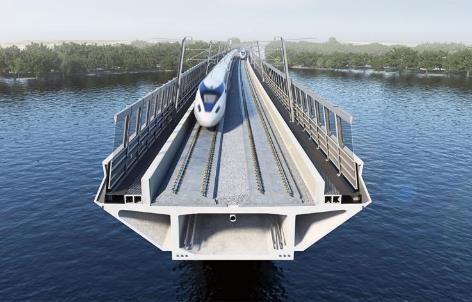Southdowns was commissioned by Costain as Environmental Monitoring Specialists to undertake noise, vibration, dust and air quality monitoring for the London Bridge Station Redevelopment, with partial demolition and reconfiguration of the station and platforms, during 24/7 working. Southdowns was selected due to its expertise and experience in monitoring and assessment across acoustic and air quality disciplines. Extensive environmental monitoring is required to ensure sensitive receptors including hospitals and residential uses are not adversely affected. Monitoring is also deployed to ensure the operation of the station was not compromised by the works. The total value of the contract to Costain is c. 450m.
The specialised environmental monitoring methods deployed on this project include:
- Continuous real-time noise monitoring with recording of high quality audio and web portal with live noise levels. The monitoring system uses a shift dose trigger and was capable of alerting site prior to the trigger being exceeded so action can be taken to prevent exceedances – 6 locations including hospitals, dwellings and stakeholder/client locations.
- Vibration (Peak Particle Velocity) monitoring and email alerts when the trigger level is exceeded – 3 locations;
- Airborne Particulate Matter less than 10 microns (PM10) and Total Suspended Particulates (TSP) monitoring and email alerts if bespoke triggers agreed with London Borough of Southwark are exceeded – 4 locations including 3 hospital locations;
- Dust deposition monitoring using frisbee gauges – 3 locations including 2 hospital locations;
- Dust soiling monitoring using the glass slide technique – 20 locations;
- Nitrogen dioxide monitoring using diffusion tubes – 7 locations;
The monitoring data is presented in monthly monitoring reports that present the information in graphical, tabular and narrative format and provide assessment of environmental performance against Thameslink, bespoke local authority and other criteria, including:
- Assessment of measured noise levels against s61 consented levels and against Thameslink Programme Noise Insulation and Temporary Rehousing criteria;
- Investigation of exceedances over the web through interrogation of the audio recordings;
- Assessment of measured vibration levels against London Borough of Southwark, Thameslink Programme and BS5228 criteria;
- Assessment of PM10 and TSP concentrations against Air Quality Standards Objectives and bespoke LB Southwark criteria;
- Assessment of dust deposition levels against criteria for the onset of complaints;
- Assessment of dust soiling levels against threshold criteria developed from the baseline survey; and
- Assessment of Nitrogen Dioxide concentrations against Air Quality Standards Objectives and baseline concentrations.
To provide best value to our client, the monthly reporting of monitoring data has been streamlined and automated where possible over the course of the contract. The details of exceedances and audio investigation are communicated to the site team who respond with details of the causes.
This robust and collaborative approach to reporting has developed local authority confidence in the works and allowed the environmental performance to be communicated with key stakeholders and the client’s environmental team. Demonstrable environmental performance has allowed extended working hours to be expanded and resulting improved productivity.
When the station operators required web enabled noise monitoring to be installed to the concourse area following PA announcement intelligibility concerns Southdowns were able to respond immediately and install the noise monitoring system on the same day. The meeting of the stakeholder requirements allowed the works to resume with minimal delay and improved stakeholder and client satisfaction.
Further instructions have included attended and unattended monitoring in response to complaints, vibration monitoring of a listed structure, and the production of a noise and vibration trigger action plan for a nearby hospital to provide trigger levels and actions if noise and vibration criteria for rooms, activities and equipment are exceeded.




